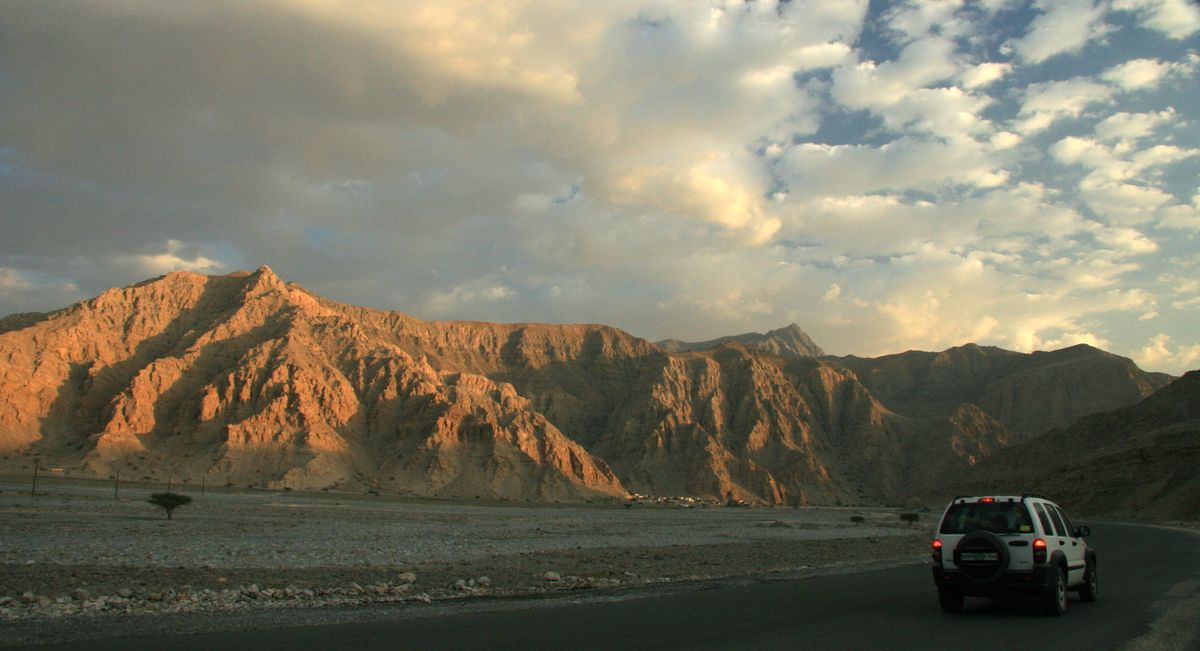Ocean of Acid Blamed for Earth's 'Great Dying'

Death by acid was the fate of the sea monsters that perished in Earth's biggest mass extinction, some 251 million years ago, a new study finds.
Nearly every form of ocean life disappeared during this "Great Dying" at the end of the Permian period, when more than 90 percent of all marine species vanished, from the scorpionlike predators called eurypterids to various types of trilobites, some with alienlike stalked eyes. It's the closest Earth has ever come to completely losing its fish, snails, sea plankton and other marine creatures. Some 70 percent of animals and plants on land died off at the same time.
Now, there is direct evidence that ocean acidification dealt the final blow to species already suffering from these huge environmental changes. By analyzing boron embedded in limestone from the Permian and Triassic periods, researchers discovered an abrupt shift in ocean pH levels. The change in acidity corresponds to a drop in surface ocean pH levels of 0.6 to 0.7 pH units that lasted about 10,000 years. In comparison, modern ocean pH levels have fallen by 0.1 pH units since the Industrial Revolution, a 30 percent increase in acidity. [Wipe Out: History's 7 Most Mysterious Extinctions]
The findings were published today (April 9) in the journal Science.
Most scientists blame a massive volcanic eruption in Siberia for the Permian mass extinction. The Siberian Traps pulsed out about 1.4 million cubic miles (6 million cubic kilometers) of lava over millions of years. Evidence suggests that toward the end of the Permian period, the eruptions punched through piles of coal and carbonate rocks, releasing toxic levels of carbon dioxide, sulfur and other gases into the air. Ocean acidification is driven by excess carbon dioxide in the atmosphere dissolving into the ocean.
"This was a pretty enormous change in acidity," said lead study author Matthew Clarkson, a geochemist and postdoctoral fellow at the University of Otago in New Zealand. "I think it might be a massive warning and a worst-case scenario, if we carry on with fossil fuels. Diversity didn't recover for 5 million years," Clarkson told Live Science.
Clarkson examined boron from a section of limestone in the United Arab Emirates that was deposited on the supercontinent Pangaea's ancient shores. The study was conducted with colleagues from the universities of Edinburgh and Exeter in the United Kingdom and the University of Bremen in Germany.
Sign up for the Live Science daily newsletter now
Get the world’s most fascinating discoveries delivered straight to your inbox.
In modern seawater, boron isotope levels are controlled by ocean acidity. Scientists can measure the ratio of these isotopes in seashells and sediments deposited in the ocean today to gauge pH levels, and perform the same tests in rocks and fossils that are millions of years old. (Boron isotopes have different numbers of neutrons in their nuclei.)
The new study indicates there were two pulses of environmental change during the 60,000-year extinction event. The pH drop detected by the boron isotopes comes near the end of that event, about 50,000 years after the Great Dying starts. Sudden shifts in carbon and oxygen isotopes kick off the extinction, along with first disappearances of organisms in the fossil record. Then the boron isotope changes show up.
"Surprisingly, the pH shift doesn't happen during what most of us have considered the big event," said Lee Kump, a geochemist at Penn State University in University Park, Pennsylvania, who was not involved in the current study. However, the team needs to confirm that the acidification pulse was a worldwide phenomenon, Kump said. "It's an interesting result, but it's not conclusive," Kump told Live Science. "I think we need more of these sections around the world."
The gap between the when each isotope records jumps — first carbon, then boron — could mean that Earth's oceans slowly absorbed the first wave of excess greenhouse gas from the eruptions, Clarkson said. Then, another burst of activity about 10,000 years before the end of the Permian Period triggered a massive die-off due to ocean acidification.
Follow Becky Oskin @beckyoskin. Follow Live Science @livescience, Facebook & Google+. Originally published on Live Science.
